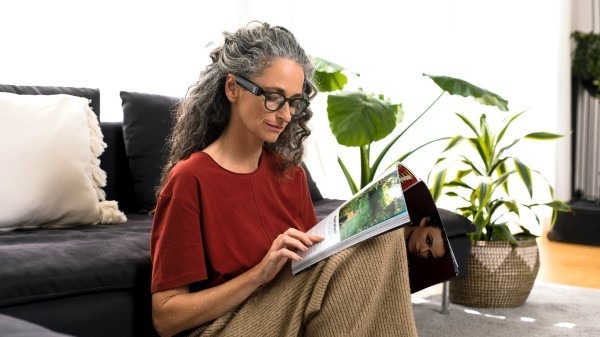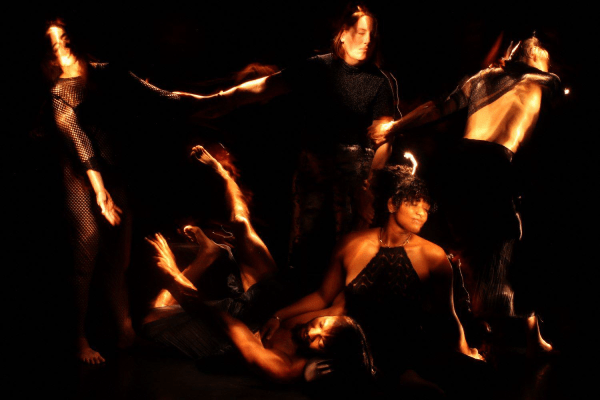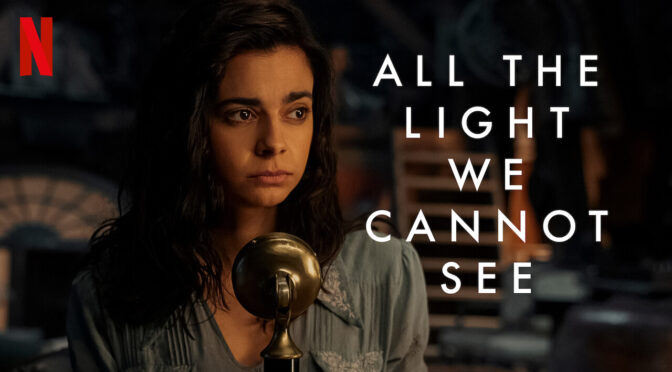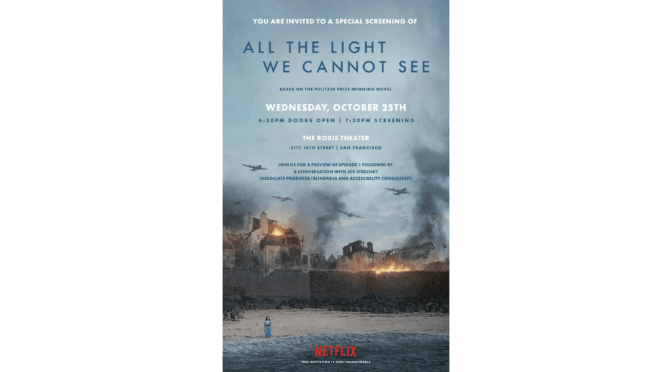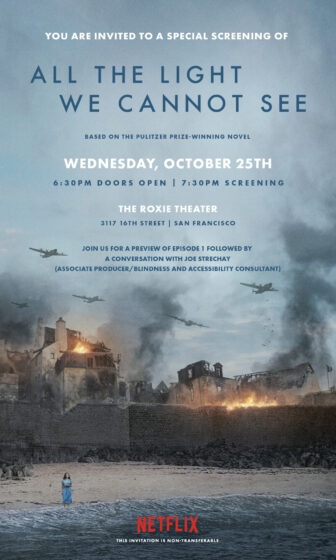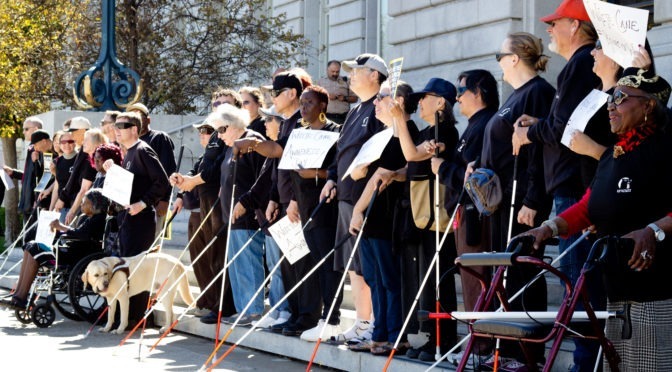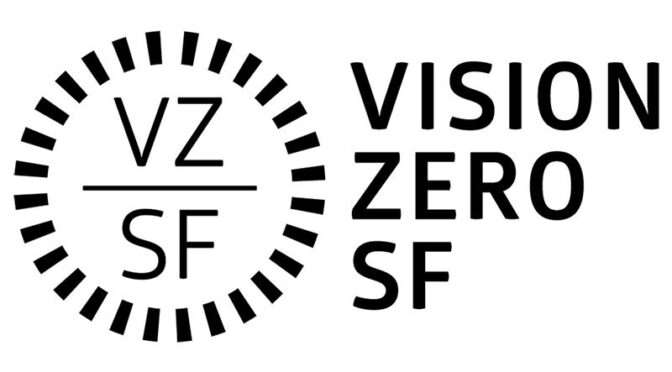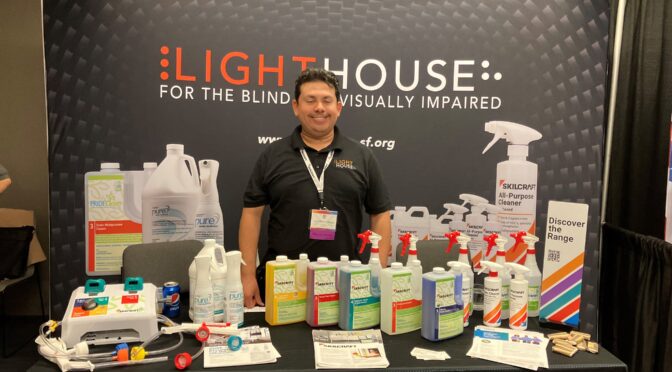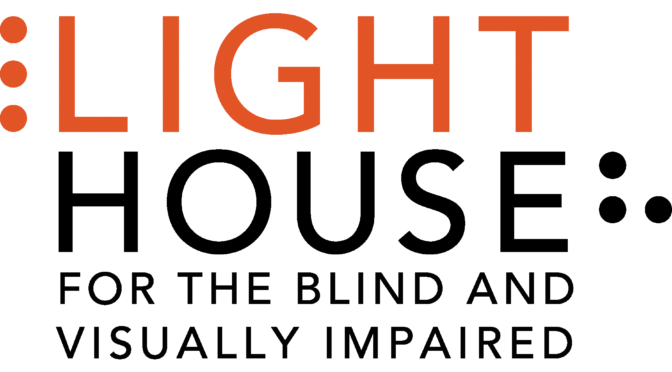Every year, National Industries for the Blind (NIB) holds their annual Training Conference and Expo just outside their headquarters city of Alexandria, Virginia, in Washington D.C. During this five-day event, NIB affiliated agencies, like LightHouse, come together to showcase the products and materials they produce and the services they provide, as well as build relationships, strengthen our community, and breakdown employment barriers—at an individual level through education and empowerment, and on a national level through public policies and advocacy.
At LightHouse’s Sirkin Center in Alameda, we manufacture the highest quality eco-friendly cleaning products and tissue packets. These products, which serve communities and companies around the world, provide the utmost utility to clients, and demonstrate the strength and caliber of our facility. In addition to producing industry leading and two time EPA Safer Choice award-winning cleaning products, Sirkin Center provides employment and fosters the opportunity for our employees to gain valuable experience to advance their careers in customer service, shipping and receiving, inventory management and light manufacturing. Today, over 70% of the direct labor is provided by staff members who are blind or have low vision.
LightHouse is proud to be in the presence of other NIB partners whose missions to promote independence, community, and equity created by and with blind and low vision people reflect our own.
But, of all the incredible workshops, training sessions, and fireside chats, the highlight of the NIB Conference and Expo is honoring the dedicated and impactful individuals who have been voted to represent their agency as an NIB Employee of the Year. For LightHouse, we spent the last several days honoring and celebrating LightHouse Sirkin Center employee, Alex Flores!
Alex was first introduced to LightHouse in 2014 as a young adult when he attended the Hatlen Center for the Blind in San Pablo. Originally from the San Diego area, Alex traveled to the Bay Area to further his education and Independent Living Skills. It was at this time that friends and fellow Hatlen Center students told Alex about LightHouse. In the summers of 2018 and 2019 Alex found himself working at Enchanted Hills Camp, first as a counselor then a Recreation Area Leader the following summer. With the encouragement from EHC Camp Director, Tony Fletcher, Alex eventually found himself applying for a position at LightHouse. In June of 2020, when the world was faced with a global pandemic and so many businesses closed and people stayed home, Alex went to work as a Warehouse Assistant at LightHouse.
We sat down and chatted with the Employee of the Year to learn more about his time at the Sirkin Center, his current role, and what’s in store for the future.
What has it been like working for the Sirkin Center since your start in 2020?
I would say it has been a consistent path of growth. I went from being a quiet person, doing my own thing in the corner of the warehouse, and progressed overtime— especially as we began shifting to production in the new Alameda location. As part of the move, I began taking initiative and learning as much as I could about the machinery, and learning from my co-workers, Tino and Chris, who I also knew from our days working together at EHC. Once the move to the Sirkin Center in Alameda from the warehouse in San Leandro was complete, I began working more closely with the machinery and began learning under Chris Peterson. Overtime, I was able to operate the machinery independently. That shift happened between 2021 and 2022, which led me to transition into a leadership position. In 2023, at the beginning of the year, the position for Chemical Production Line Leader opened up. I applied for the position and got the job.
Walk us through a day as Chemical Production Line Leader at Sirkin Center…
My day starts at 6:30 AM. I like to come in early and set up the machinery, because that does take some time, and depends on what product line we are working on and what product we are filling that day. Set up usually takes 30 minutes to an hour. In that time, I verify that the machines I cleaned the day prior are still ready to go, I organize all the materials needed for that day—labels, caps, bottles, sprayers, whatever we need— then I begin reassembling the machines that get taken apart after the last time they have been used. Then I hook up the machines to our chemical totes. The totes are between 250 gallons to 310 gallons, depending on the product. Then we start filling and testing for quality control and making sure the machine is running smoothly. That’s all within the first hour—it may sound like a lot but once you get the hang of it, it goes pretty smoothly.
What do you enjoy most about your job at Sirkin Center?
The thing I feel most rewarded by, really, is being able to engage with my coworkers as I move up and down the line throughout the day. To me, being able to interact with my coworkers and help them out where they need it, or sometimes have them tell me what it is they need from me to help make their job easier or more efficient, that’s the most rewarding part.
When were you told you are named Employee of the Year, and what does that mean to you?
I think I was told around the end of August. It means a lot to me. It means that somebody somewhere has a lot of trust in me to do what it is I need to do. It means a lot to be recognized because I do work really hard. I really enjoy the work and I believe in the mission to provide opportunities to work and grow as part of LightHouse. And that’s my overall goal—to be there as a leader to support everyone who works along beside me.
Where do you see yourself in the future?
In the short term, I hope to continue to grow with the team I work with. I want to help some of them reach their own personal goals as far as working with different departments or growing within the warehouse. So, I really just hope to grow my leadership skills. I still have a lot to learn and a lot to grow, and I’m glad I have the opportunity to do it with LightHouse.
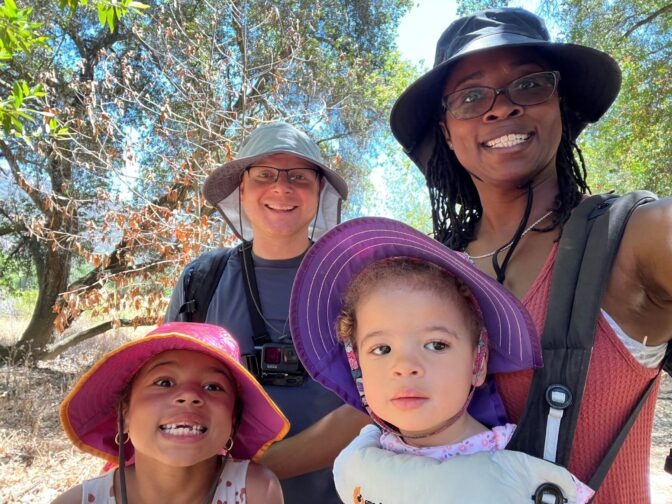
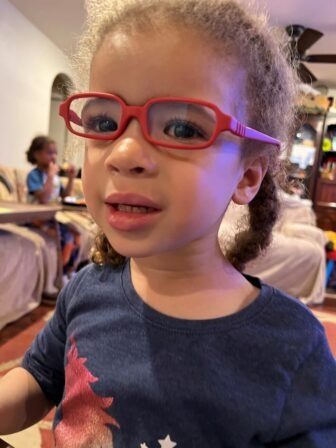 “It’s hard to have a child with reduced vision and not know if or what they are seeing. Not many things make this situation less difficult, but the LightHouse Little Learners program has definitely helped us tremendously, “ says Little Learner Mom, Latasha.
“It’s hard to have a child with reduced vision and not know if or what they are seeing. Not many things make this situation less difficult, but the LightHouse Little Learners program has definitely helped us tremendously, “ says Little Learner Mom, Latasha. 

